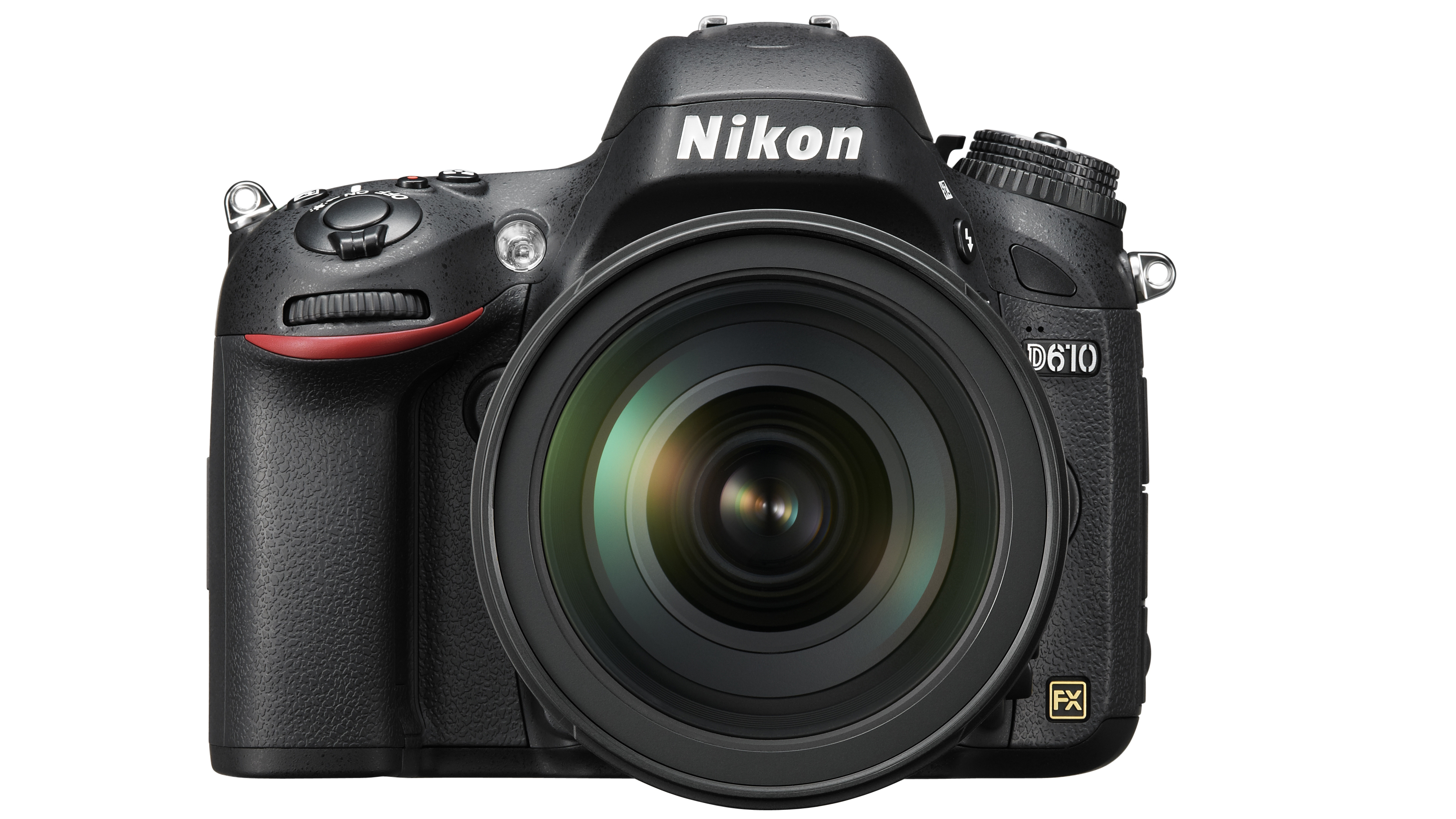Why you can trust TechRadar

Switching to the Daylight white balance setting has produced a pleasing result, but it's a little on the warm-side. The auto white balance images looked too cold on the camera screen, but they are fine in reality.
Click here to view the full resolution image
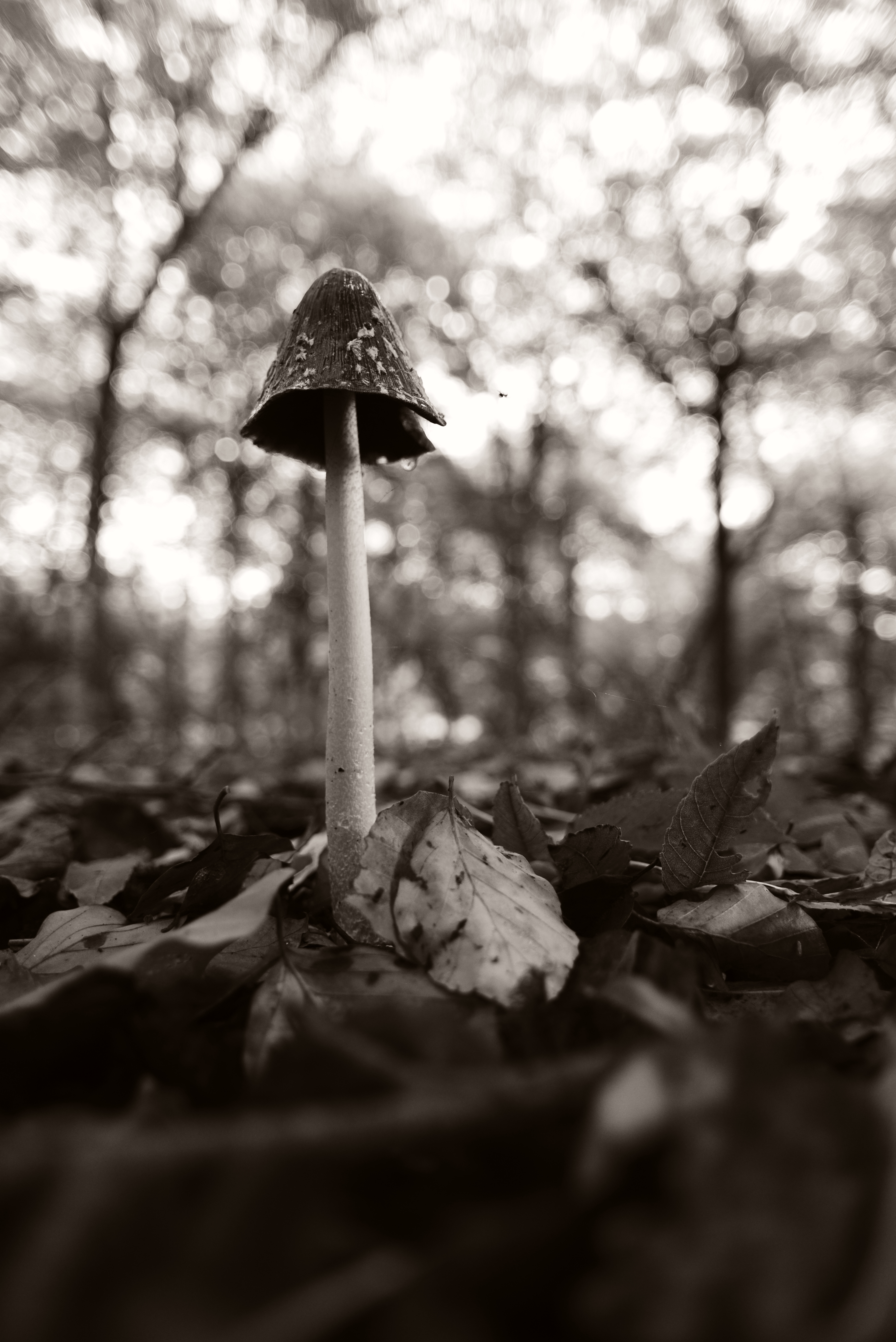
The sepia effect here is in-camera using the weakest saturation setting (Sepia 1) for the Monochrome Picture Control mode.
Click here to view the full resolution image
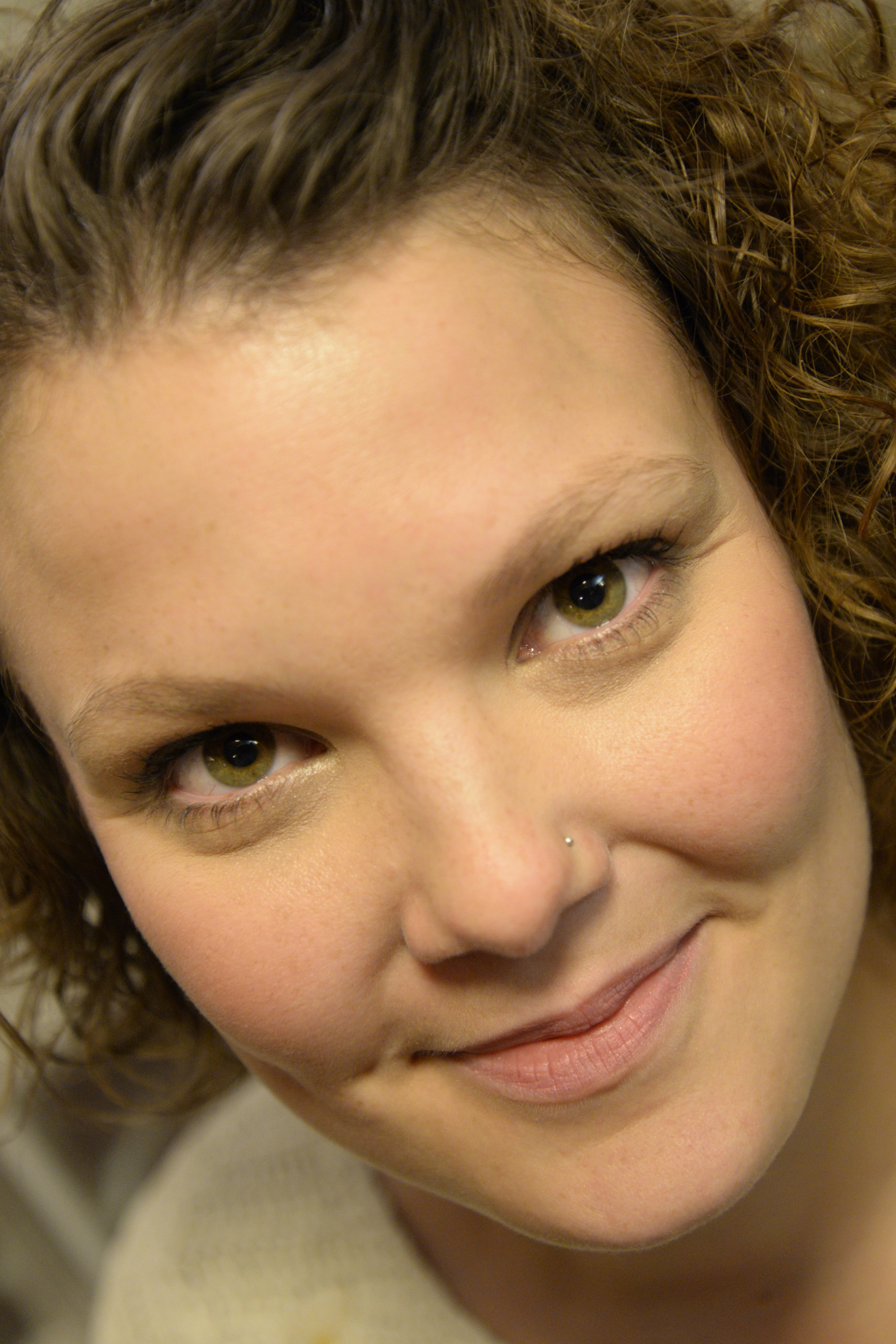
This was shot using the automatic white balance settings (Auto 1) under fluorescent lights that look very yellow to the eye. The result is warm, but it looks natural and matches what we saw at the time of the shoot.
Click here to view the full resolution image
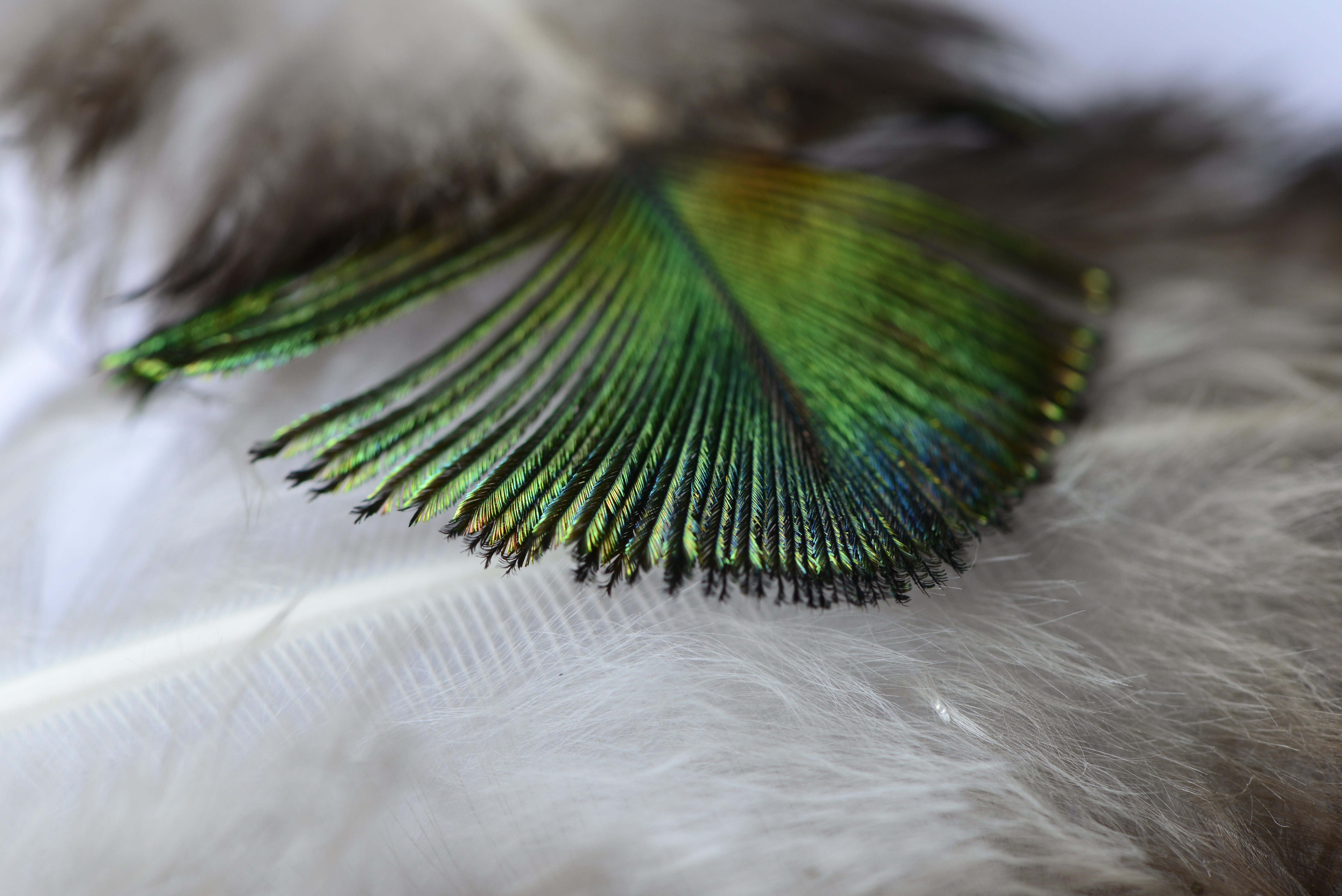
The detail visible in the feathers here is impressive, especially the very fine down which looks natural and not over-sharpened.
Click here to view the full resolution image
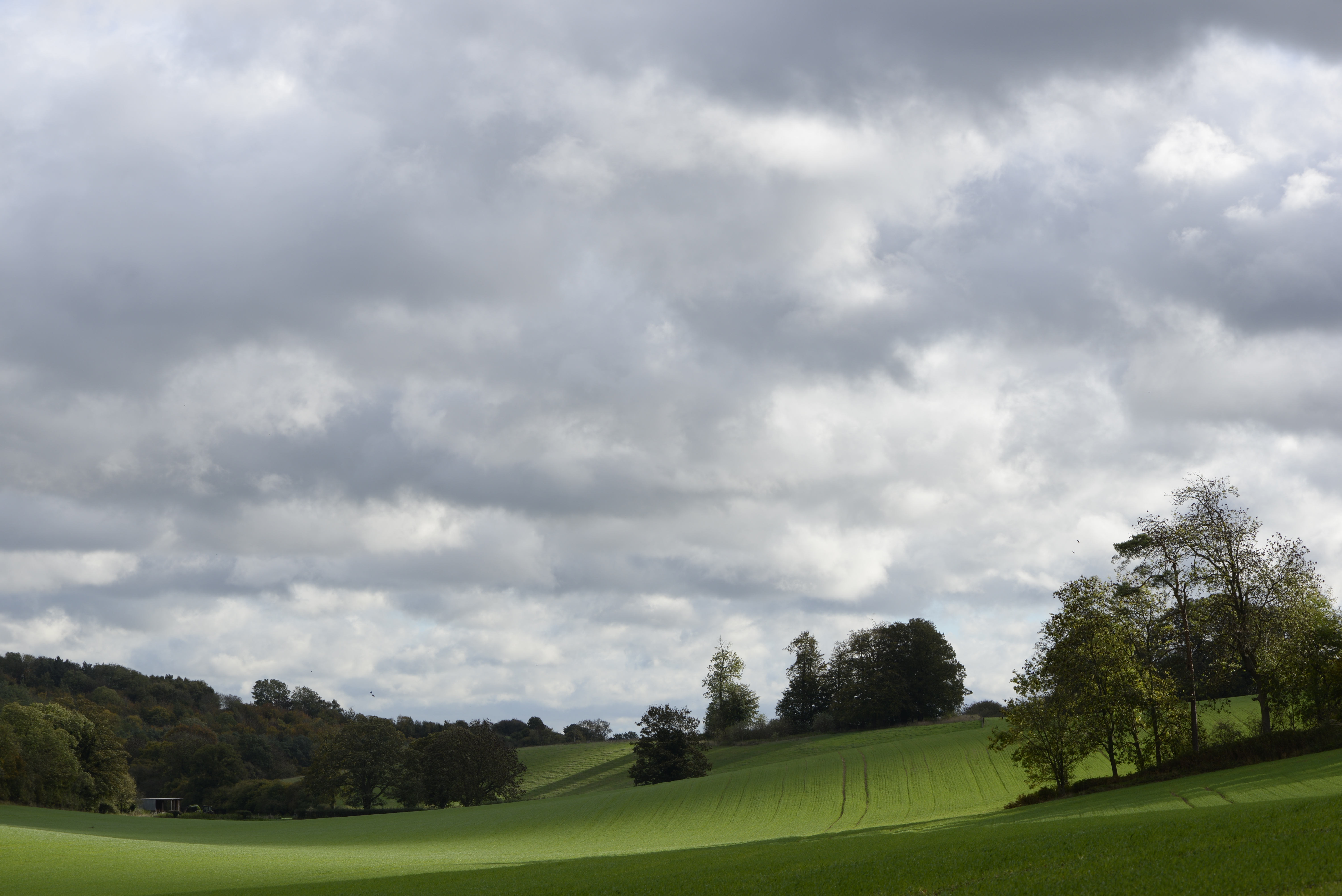
Colors are generally natural and punchy, while the exposure system copes well in a range of conditions.
Click here to view the full resolution image

Noise is well-controlled in this shot taken at ISO 6400.
Click here to view the full resolution image
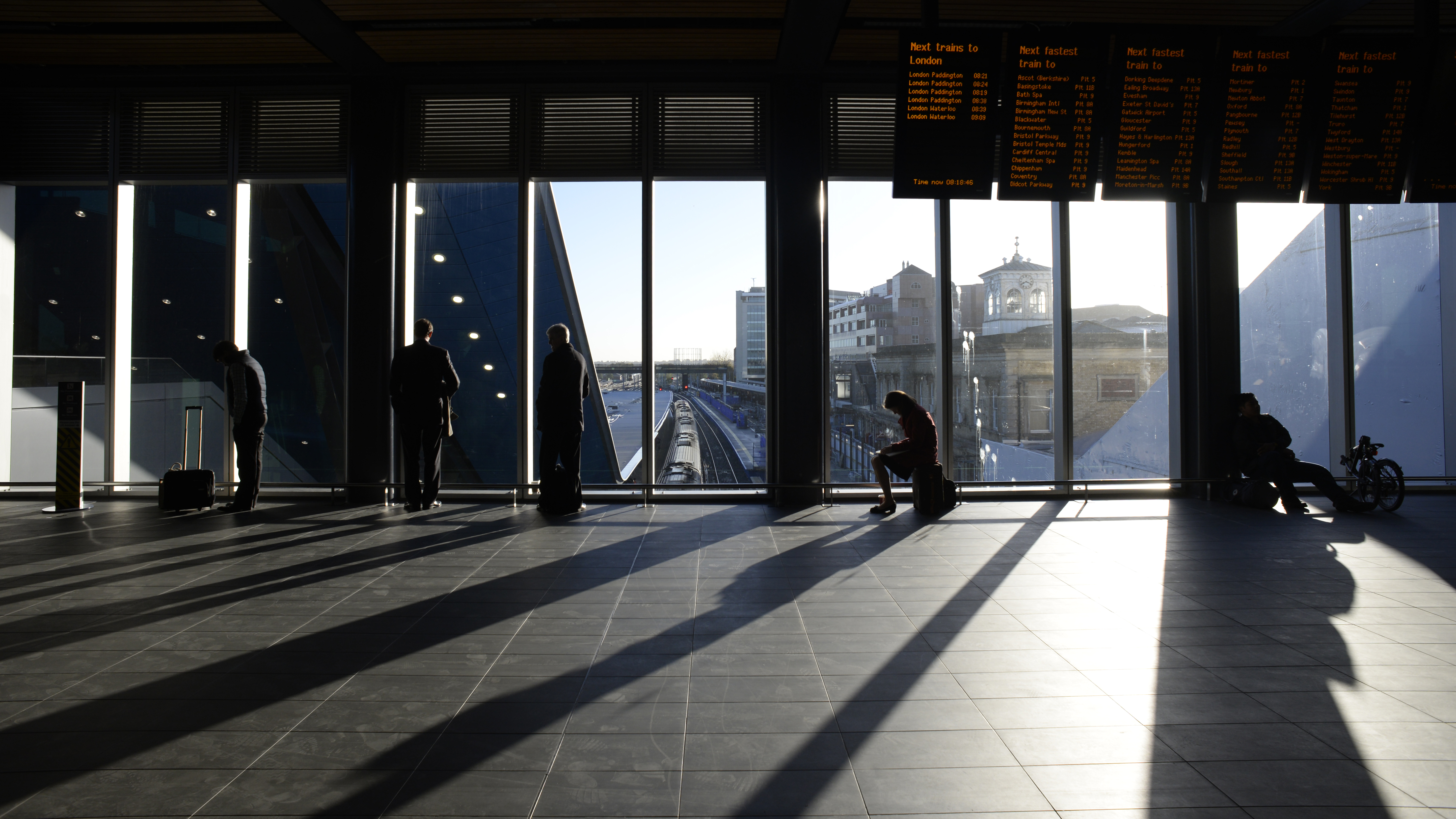
There's no banding or excessive cyan coloration in the sky of this high-contrast scene. Thanks to the camera's high dynamic range the tonal gradations are smooth.
Current page: Sample images
Prev Page Noise and dynamic range Next Page Sensitivity and noise images